Standing at the German Emigration Center Bremerhaven, I couldn’t help but feel connected to the millions who once left Europe searching for a better life in the New World.
The museum captures what it was like for real people to say goodbye to everything familiar and start over somewhere completely new. Walking through the exhibits, I followed real stories and saw the challenges and hopes that shaped their journeys.
Every room brought me closer to the experiences of families and individuals who set sail from Bremerhaven between 1830 and 1974. They headed for places like the United States and Canada.
Their journeys overflowed with uncertainty, but honestly, the courage it must’ve taken? That’s something I kept thinking about.
Visiting this museum wasn’t just about learning facts. It became an emotional journey for me, a reminder of the bravery it takes to leave home for the unknown.
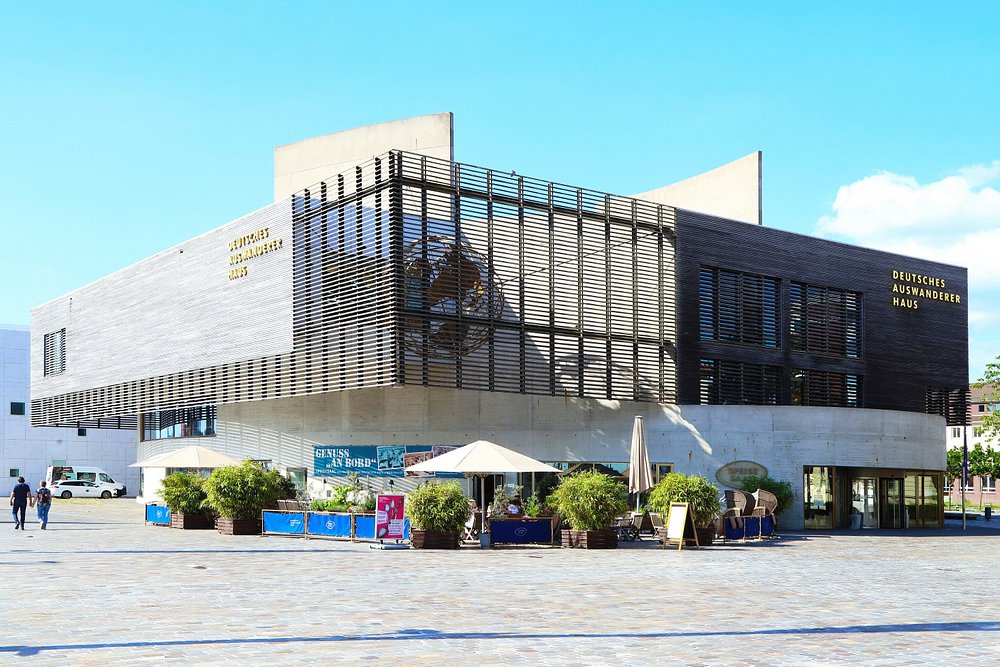
Unveiling the German Emigration Center Bremerhaven
When I walked into the German Emigration Center in Bremerhaven, I immediately noticed how history, architecture, and interactive exhibits blend to connect the stories of millions who left Europe for the New World.
This museum, also known as the Deutsches Auswandererhaus, really brings the past right up to your feet.
History and Architecture
The German Emigration Center sits at one of Europe’s most important historical ports. Between the 19th and 20th centuries, over seven million emigrants launched their Atlantic journeys from Bremerhaven.
You’ll find the museum at Columbusstraße 65, right by the old docks where so many set off.
The building itself mixes old and new. Modern glass and steel structures join up with historic port warehouses, creating this cool blend of past and present.
I noticed how the design leans into open spaces, lots of natural light, and materials from the old dockside buildings.
Outside, you’ll spot plaques and signs marking key dates and people. Inside, the space feels both welcoming and quietly respectful.
Every detail reminded me that real families once walked these halls, facing a future they could only imagine.
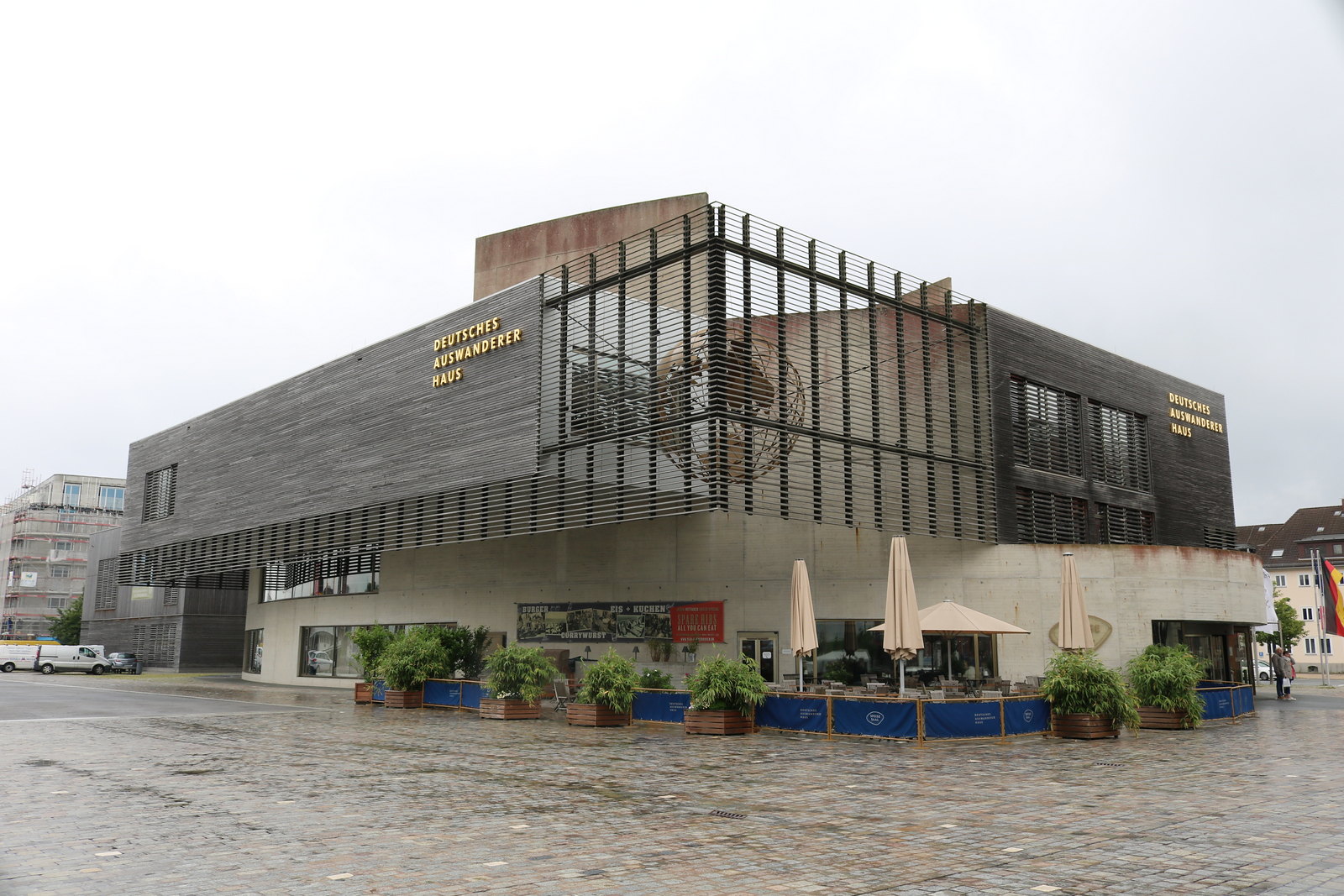
Exhibition Space and Interactive Museum Experience
The exhibition space breaks into carefully recreated locations. I stepped onto replica piers and sat in ship cabins built to match what emigrants experienced over a century ago.
Rooms are filled with personal artifacts—old suitcases, letters, and all sorts of mementos.
Interactive displays handed me the path of a real emigrant, thanks to a ticket I got at the entrance. Along the way, touchscreens and listening stations made their fears, hopes, and choices feel immediate.
The museum doesn’t just focus on Germans leaving; it also tells stories of immigrants coming into Germany, stretching from 300 years ago to the present.
They use a timeline of migration, mixing technology and original items to help visitors get why people left, where they went, and what they found when they arrived.
Even kids get drawn in—these displays ask everyone to think about migration in fresh ways.
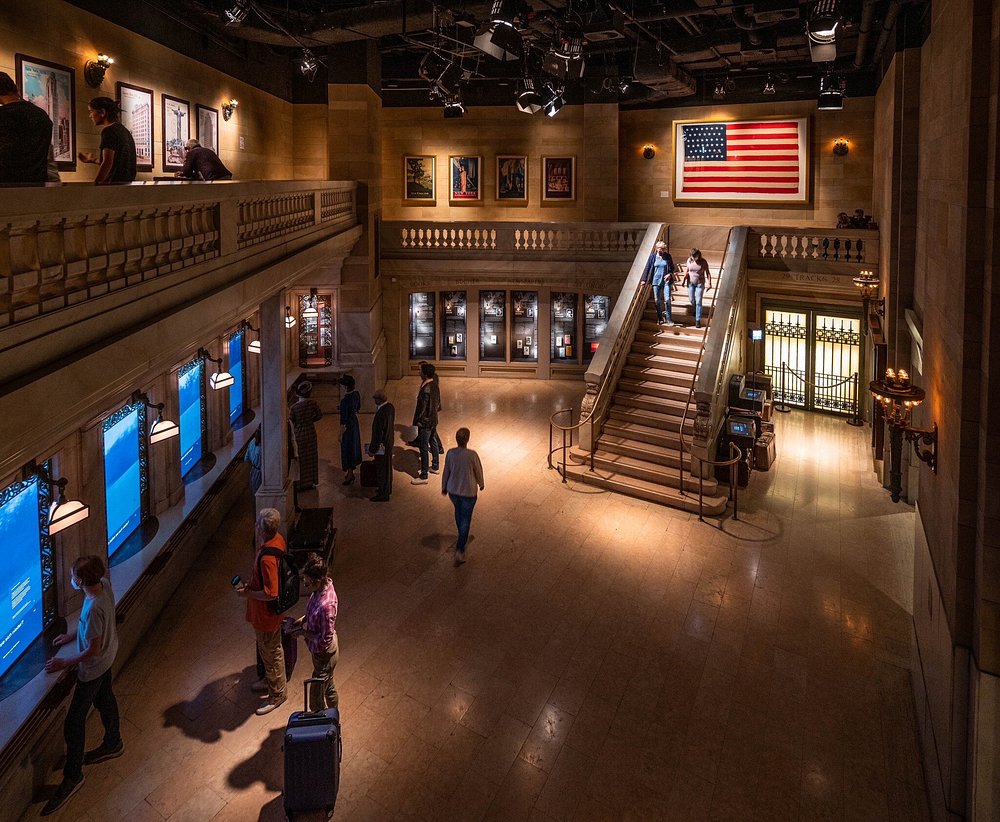
German Emigration Centre Awards and Recognition
Since opening, the Deutsches Auswandererhaus has racked up plenty of honors. It even snagged the European Museum of the Year award, which is a pretty big deal.
That award really highlights the museum’s unique storytelling and focus on personal history.
Renovations and expansions keep the center modern and engaging. New interactive exhibits and authentic recreations have drawn praise from historians, teachers, and regular visitors.
What stands out to me is the attention to detail and clever use of technology. Every bit of recognition shows just how dedicated the museum is to preserving and sharing this slice of world history.
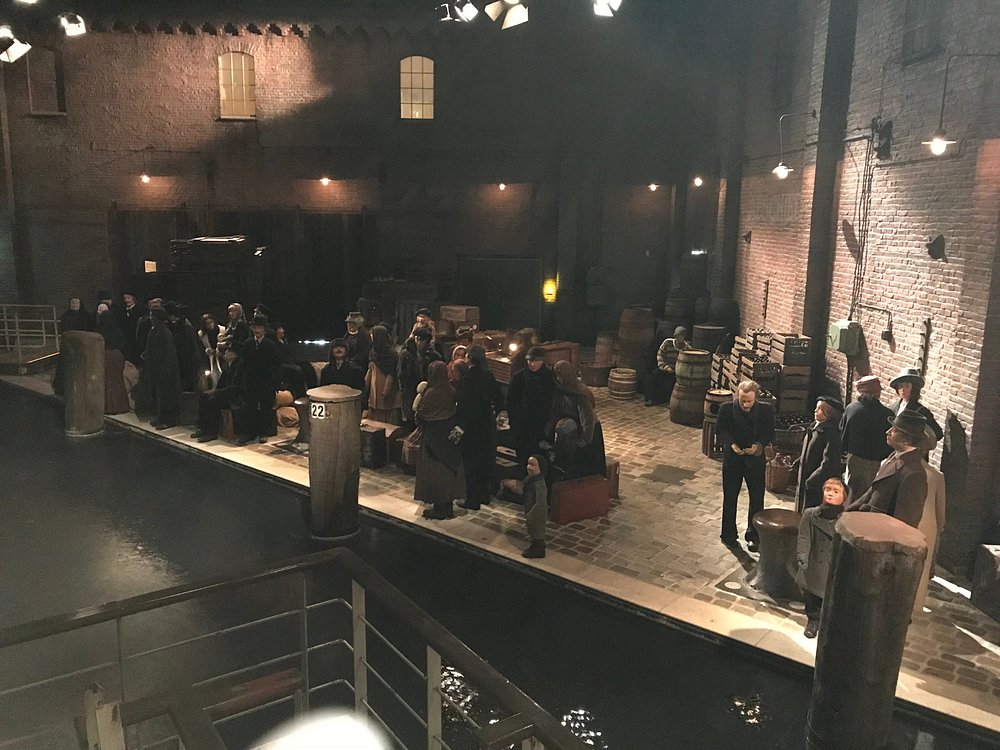
Exploring the Migration and Emigration Experience
Millions once passed through Bremerhaven, risking everything for a shot at a new life. Standing in the museum, I met their challenges, dreams, and the deeply personal stories behind migration and emigration.
Emigrants’ Journey through Time
As I wandered the German Emigration Center, I followed the path of real emigrants from Europe. The exhibits pull you through recreated rooms, ship cabins, and bustling ports.
Each area revealed the conditions and emotions people faced as they said goodbye to their homelands.
I came across letters, travel documents, and those cramped bunks on ships crossing the Atlantic. Stories from families, workers, and children made everything feel personal.
Many left because of war, hunger, or simply because they had no better prospects—not always because they wanted to.
Interactive displays let me trace their steps from Bremerhaven’s quay to New York’s Ellis Island. I even listened to their voices, sharing why they left and what they hoped to find in the New World.
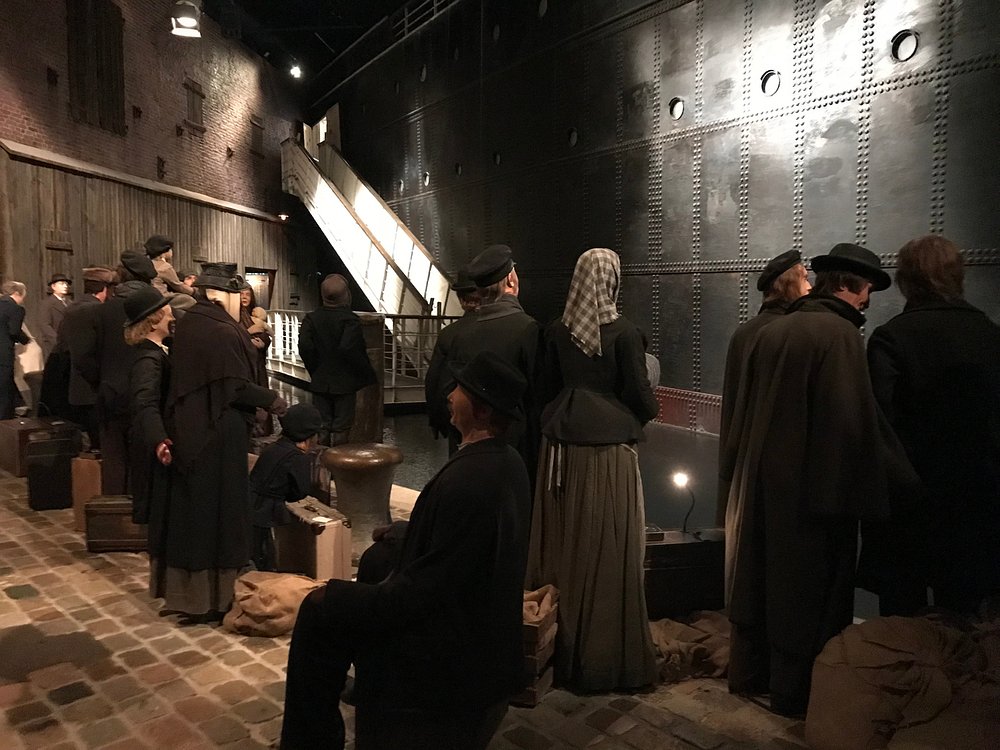
Migration History and International Databases
The museum covers detailed migration history from more than three centuries. It tells the stories of people leaving Europe and those arriving in Germany.
Behind every exhibit, there’s research built on evidence from international migration databases.
These databases capture names, dates, reasons for travel, and destinations. Many entries come from official lists that tracked passengers and families.
They help us spot trends in migration—like the spikes during wars, economic booms, or tough times.
Historians connect these records to personal stories, making the past feel real. The center also shows how migration patterns have shaped entire countries.
Learning about individual journeys paints a bigger picture of how millions moved and settled far from home.
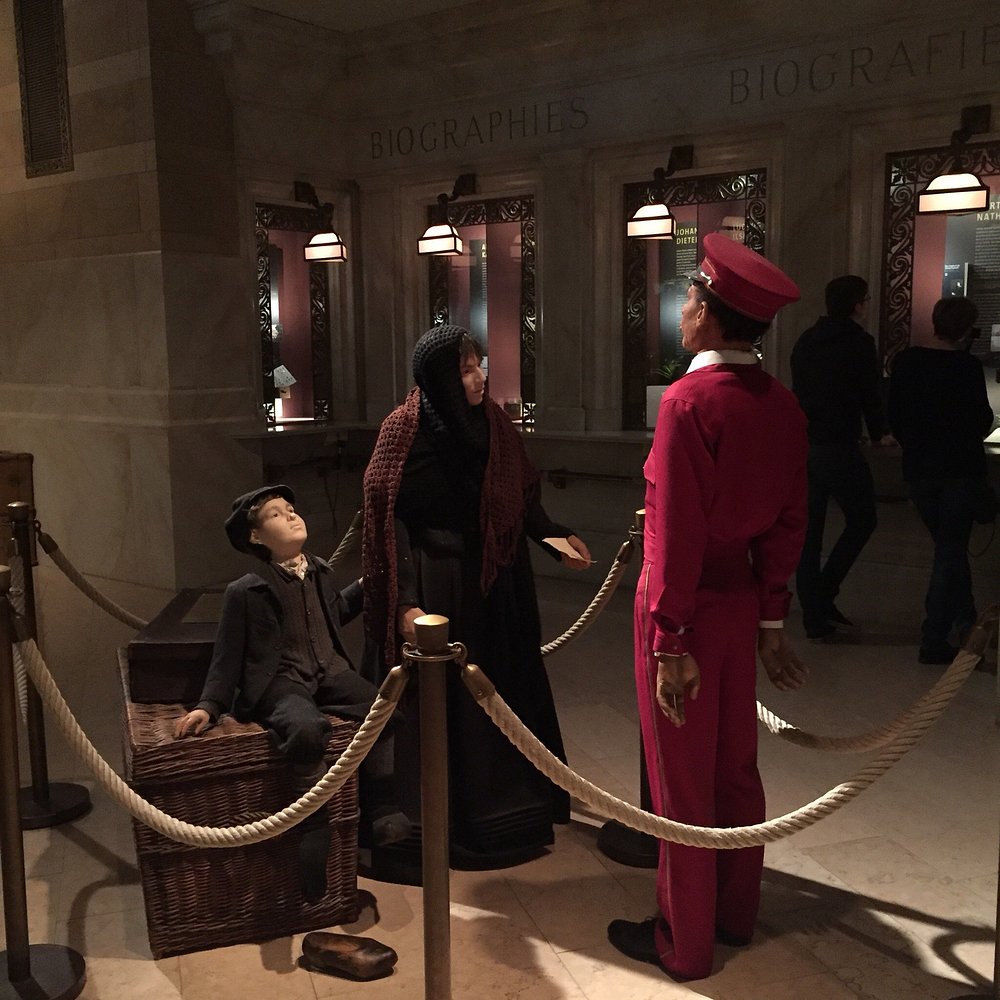
Emigrate and Immigrate: Definitions and Realities
To really get the exhibits, you need to know the difference between emigrate and immigrate. People emigrate when they leave their country, and they immigrate when they arrive somewhere new.
It’s all about perspective.
I noticed how these terms pop up in the exhibits. Some stories focus on leaving Europe (emigration), others on arriving in America or Germany (immigration).
But honestly, migration isn’t just a single departure or arrival—it’s full of stops, waits, and unexpected changes.
Many emigrants set out, not knowing if they’d ever come back. Others became immigrants, putting down roots in new places.
You’ll see this reality in the documents, photographs, and biographies scattered throughout the museum.
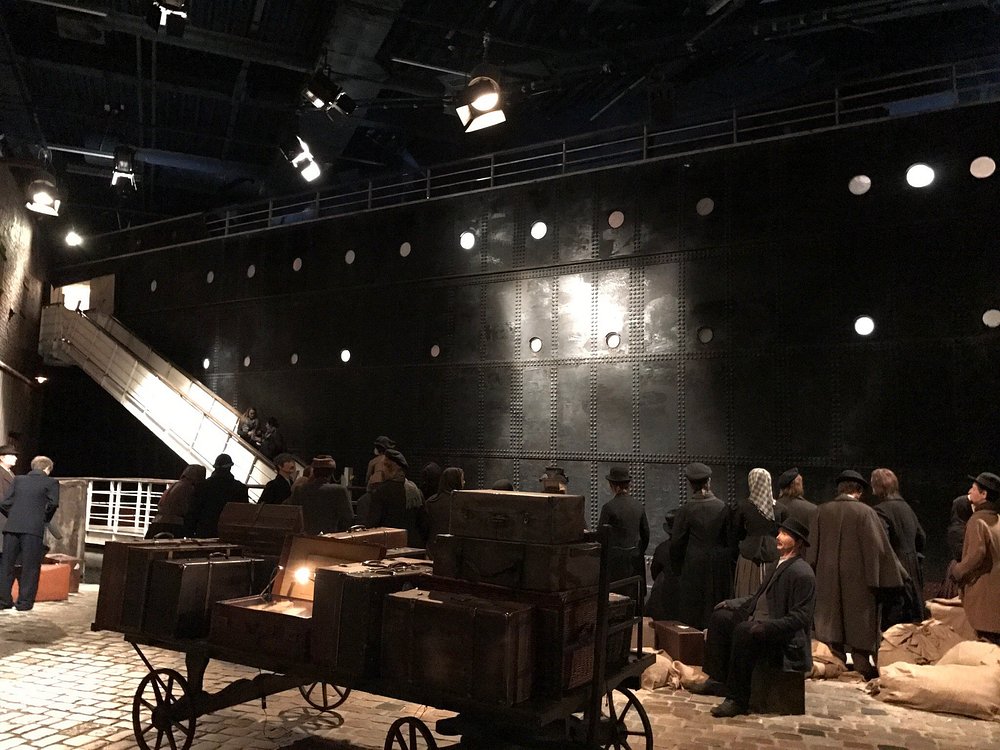
Tracing Ancestors and Personal Life Stories
Exploring the German Emigration Center in Bremerhaven gave me a deeper understanding of my family’s past. It helped me connect with my ancestors and appreciate the lives of those who left Europe for a new beginning.
Family Research and Access to Ancestral Records
The museum offers detailed records and databases, making it possible to search for information about ancestors. Staff were friendly and helped me find passenger lists, emigration files, and ship manifests.
These documents are a goldmine for anyone doing family research or wanting to figure out when and how relatives left Germany.
I searched for specific names and even mapped out their travel routes. The center has computers and interactive displays, so tracing my family’s journey felt surprisingly straightforward.
They also offer practical tips for digging deeper, like where to look next or how to read old German handwriting. For anyone chasing family roots, these resources are invaluable.
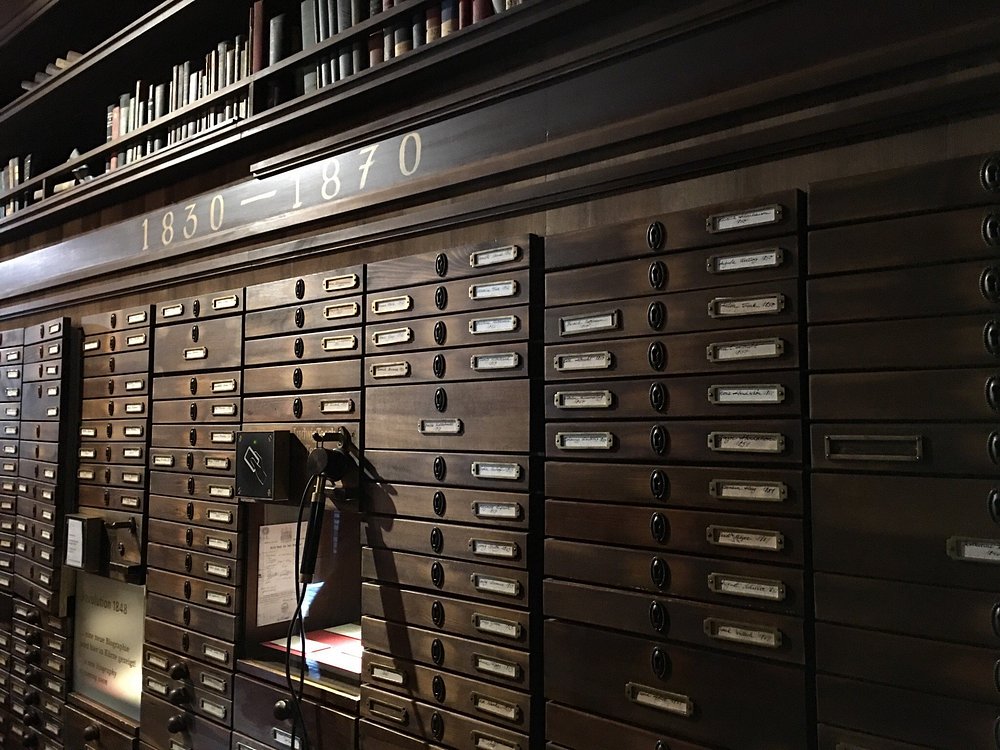
Family Stories and Life Stories of Emigrants
As I wandered through the exhibitions, I stumbled on real stories of families who faced the tough choice of leaving home.
The center shares these life stories using letters, diary entries, and reconstructed rooms. It shows how emigrants lived and what they hoped to find in the “New World.”
What struck me most was the focus on personal stories, not just dry facts. I read about people from different backgrounds and ages, each with their own reasons for leaving Germany.
It helped me imagine the hopes and fears my ancestors must have felt.
One area let me listen to descendants sharing memories about their relatives. Hearing these voices gave me a new perspective, making emigration feel real and not just a chapter in a history book.
I walked away with a deeper respect for the journeys so many made.
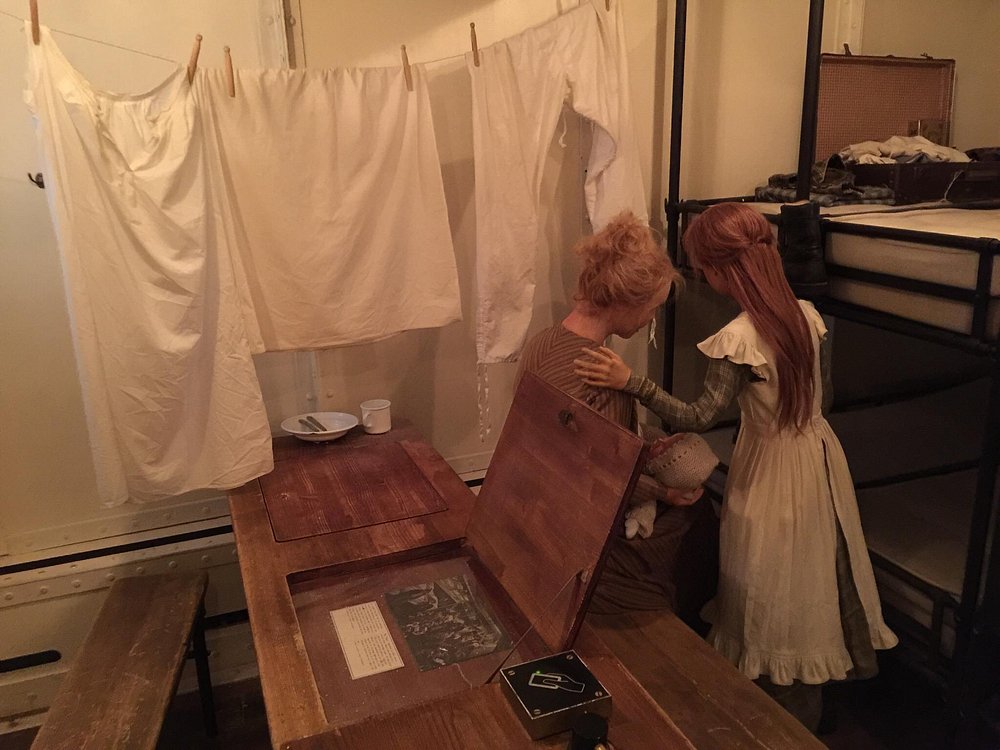
Signature Exhibits and Special Experiences
Interactive exhibits and immersive displays really brought migration history to life. Personalized features, hands-on activities, and new digital spaces made my visit memorable and unique.
Boarding Pass and Ship Departure Simulations
My visit started with a personal boarding pass, just like real emigrants received.
This pass came with a name and background story, connecting me to a real person from history.
As I moved through the museum, I followed the journey from Bremerhaven’s busy port onto lifelike docks and waiting rooms. The ship departure simulation was the highlight.
I heard announcements, felt the buzz of anticipation, and watched recreated scenes of travelers saying goodbye.
Boarding the reconstructed ship, I wandered through cramped cabins, public areas, and decks that felt almost too real. Guided by my boarding pass identity, I learned about the hardships and hopes of those who sailed to the New World.
The realistic sound effects and vivid settings let me feel the uncertainty and excitement of a long ocean voyage.
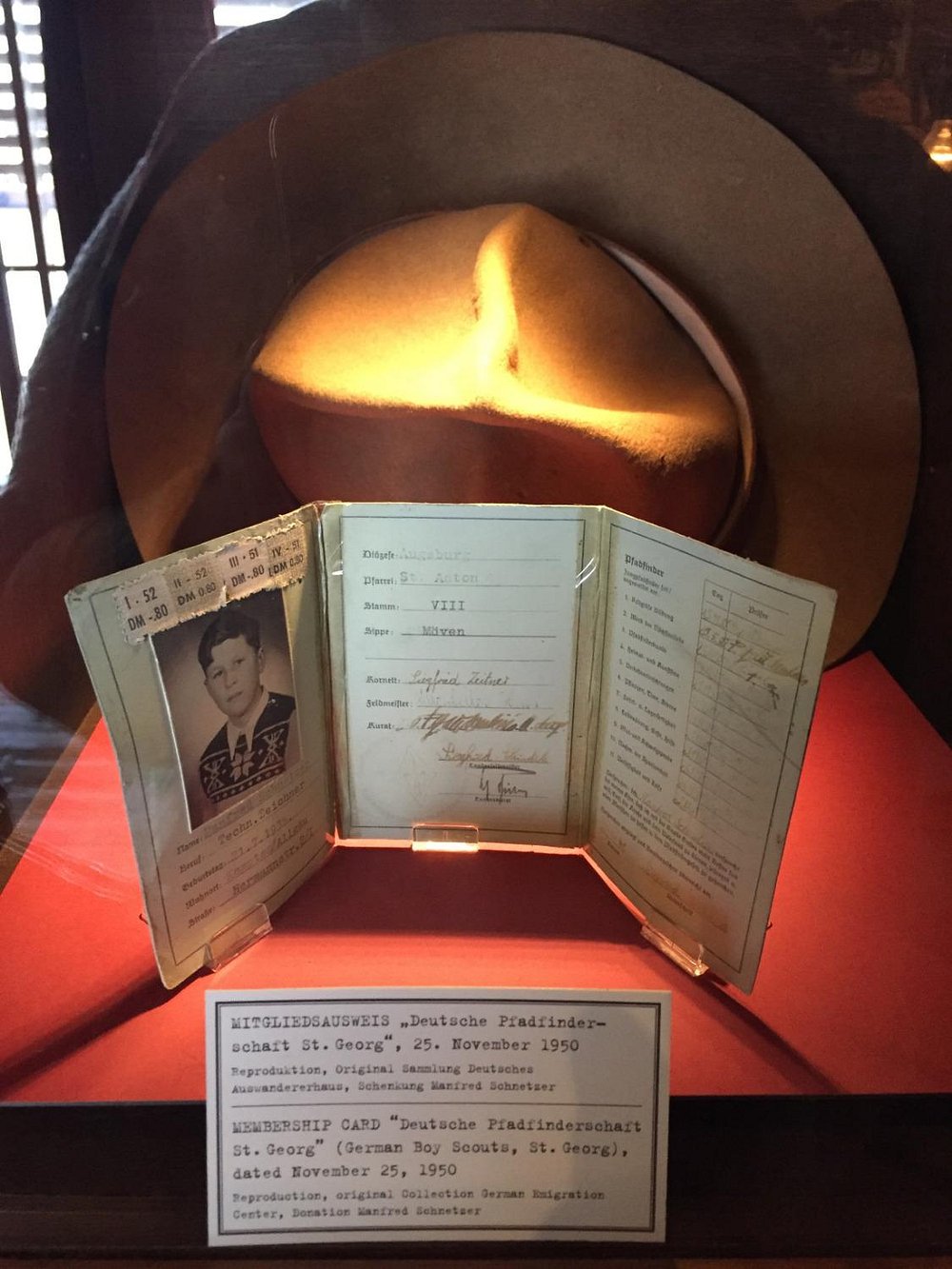
Special Exhibitions and Digital Thinking Spaces
The museum rotates special exhibitions that dive into key themes in migration—sometimes even space migration! One recent show had visitors imagining life on the Moon or Mars.
Digital thinking spaces offer modern, interactive experiences. I explored stories and information on touchscreens and digital tables.
In these spaces, I listened to first-hand accounts, flipped through historical photos, and watched interviews with immigrants.
A standout feature: exploring personal migration stories through multimedia displays. These digital tools helped me connect past journeys with today’s migration trends.
The mix of special exhibits and digital thinking areas made my visit fresh, relevant, and honestly, pretty thought-provoking.
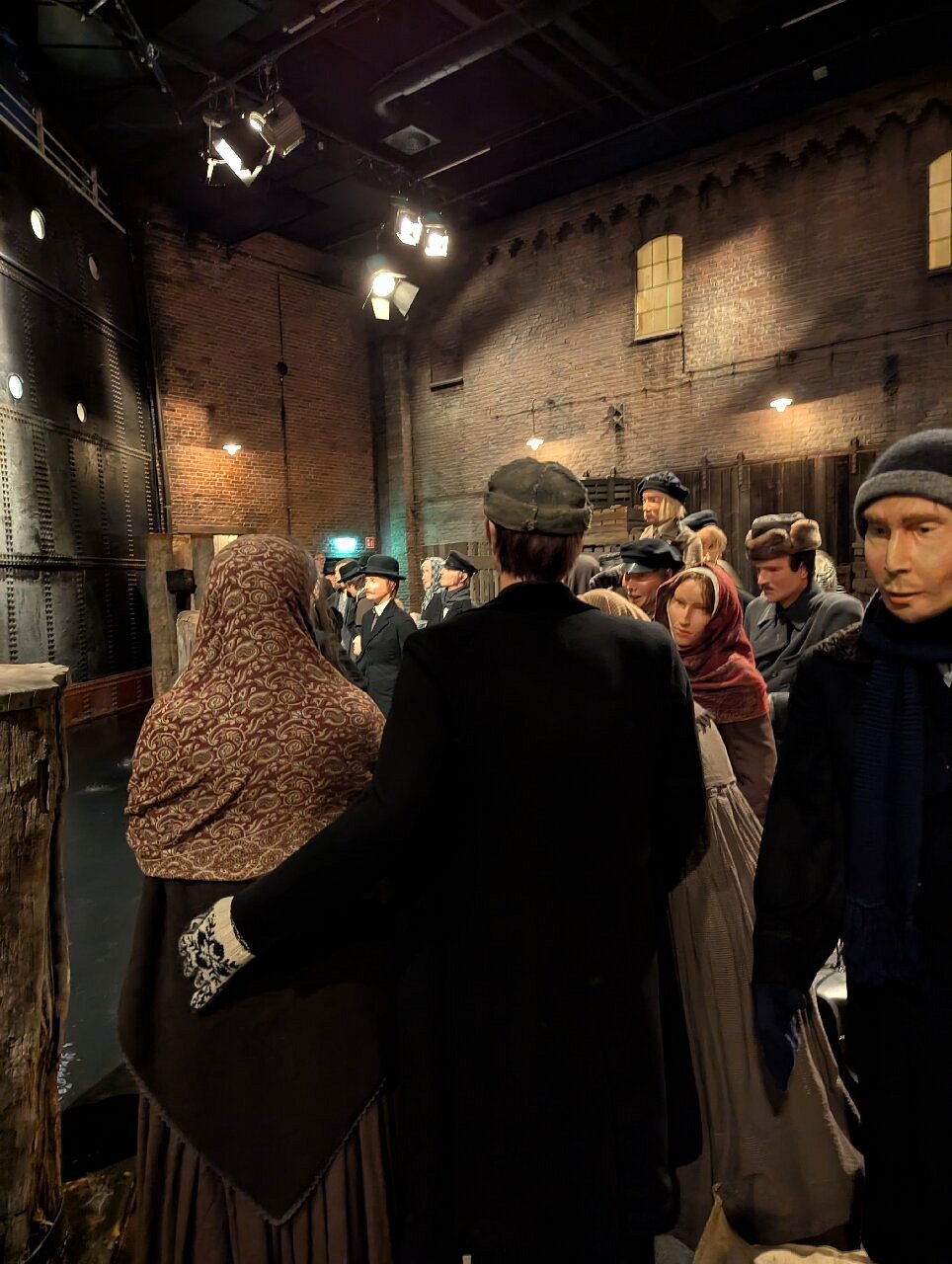
Global Destinations and Historical Impact
Millions left Bremerhaven, hoping for a better life far from home. The port linked families to countries all over the world, shaping the story of migration on a massive scale.
Ellis Island and New York Connections
When it comes to German emigration, Ellis Island in New York always jumps to mind. Most German immigrants heading to the United States passed through Ellis Island between 1892 and 1954.
Each arrival carried unique hopes for the New World.
Ships leaving Bremerhaven, packed with people from Germany and Eastern Europe, often made their first stop in America at this iconic site.
Standing at the Emigration Center, I realized that for over 7 million people, this was the path leading to New York.
The Ellis Island connection isn’t just about stepping onto American soil. It’s about adapting and starting new lives in cities bursting with opportunity.
Generations of families remember their journey starting right here in Germany, shaping American communities coast to coast.
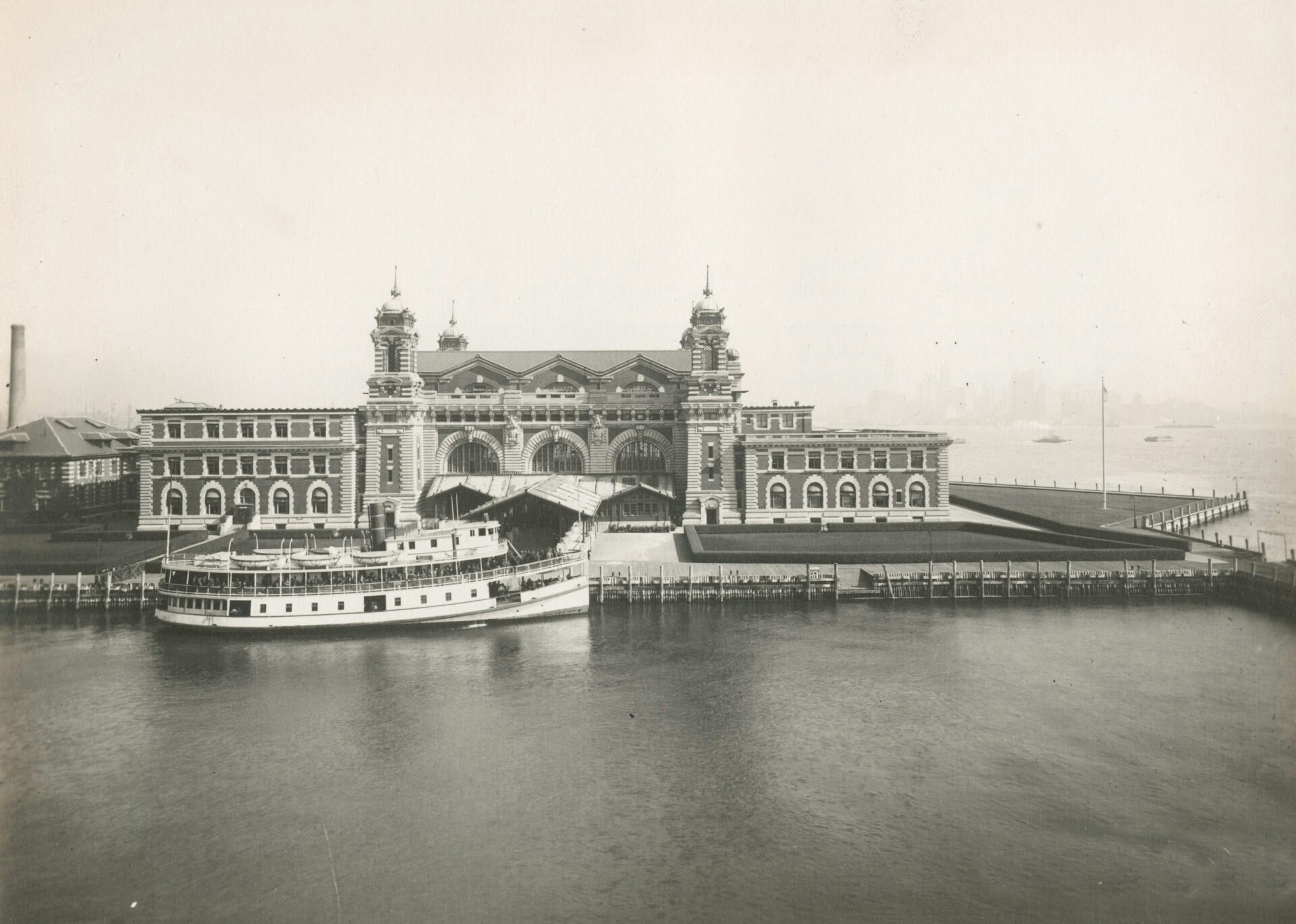
Routes to Australia, Africa, and Beyond
Not everyone from Bremerhaven sailed for the United States. Some ships turned south, carrying passengers to Australia, South America, or parts of Africa.
It surprised me to learn that German settlers built new lives in places like Brazil and South Africa, founding towns, starting farms, and leaving their mark on local culture.
Here’s a quick look at popular destinations for emigrants from Bremerhaven:
| Destination | Main Periods | Notable Challenges |
|---|---|---|
| United States | 1830-1940s | Long voyage, adaptation |
| Australia | 1850s-1900s | Harsh climates, isolation |
| Argentina/Brazil | 1870s-1930s | Language, land development |
| South Africa | 1880s-1920s | Agriculture, integration |
It’s wild to think how global these connections became, as faraway communities grew with the arrival of immigrants from Bremerhaven.
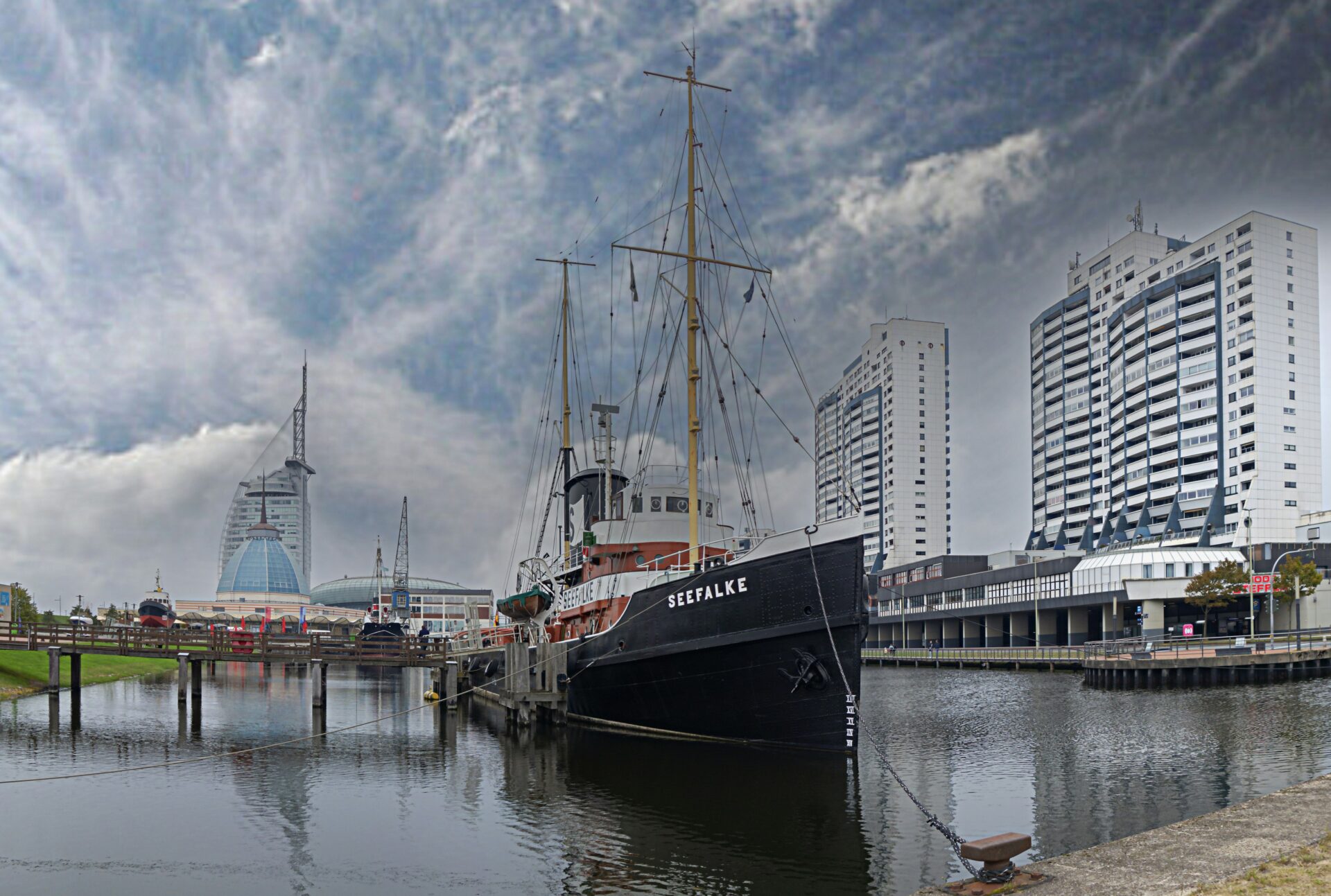
The Role of Bremen and New Harbor
Bremerhaven wasn’t just a departure point; it buzzed with innovation and industry. Bremen, the older city nearby, helped fuel the growth of this major port.
The new harbor, or Neuer Hafen, opened up more opportunities for migration by making room for steamships and cargo.
As I explored the exhibits, I learned how Bremen and Bremerhaven worked together to make mass migration possible. Shipping companies organized travel, issued documents, and improved travel conditions over time.
The infrastructure in Bremerhaven handled passengers not just from rural Germany but also from places like Eastern Europe.
This wide reach changed the face of the New World, as arrivals shaped both American and global cities.

Grand Central Terminal: Destination Reflections
For a lot of immigrants, New York was just the beginning. Grand Central Terminal in New York City served as this buzzing hub where so many people, fresh off Ellis Island, caught their next train.
Some held tickets to far-off places—Chicago, the Midwest, or wherever they hoped life would finally settle down. It’s wild to imagine all those stories crisscrossing beneath that famous ceiling.
Years later, as I stood in Grand Central, I couldn’t help but picture a single journey that started in Bremerhaven and somehow stretched across continents and decades. The station’s platforms once rang with voices—German, Polish, so many languages—each one full of hope, nerves, and dreams of work or family waiting somewhere out there.
Walking through the German Emigration Center, I realized migration from Bremerhaven rarely stopped at a harbor or station. Often, it kicked off a much bigger adventure—one that sprawled across the New World, and sometimes even further.

